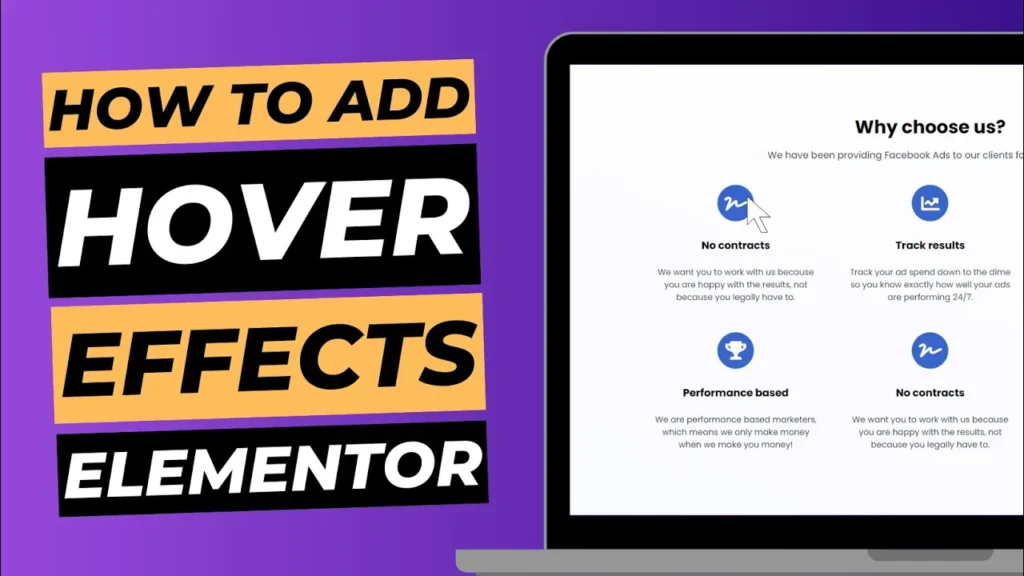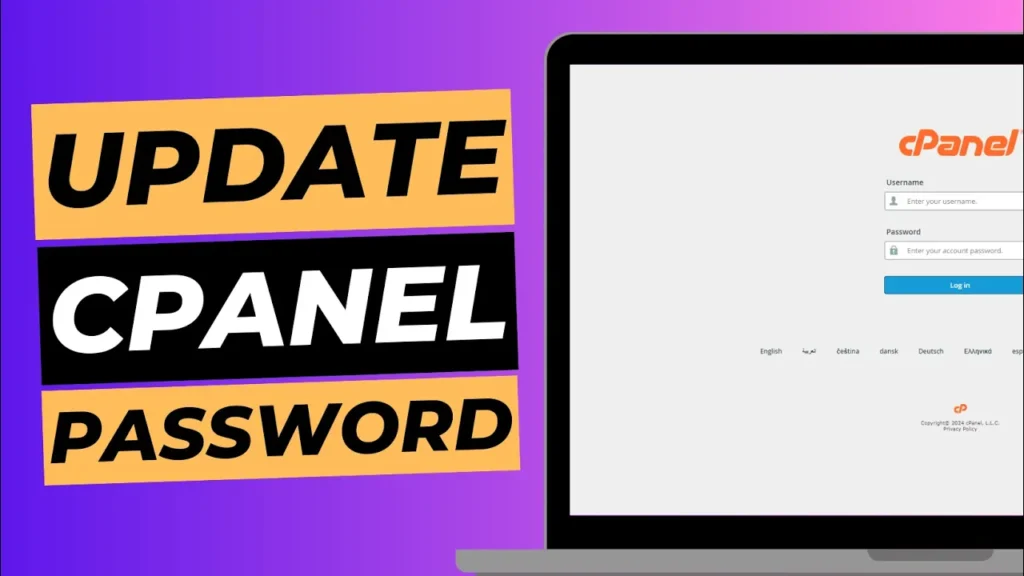In the digital age, it’s not enough to just have a presence on the internet. Businesses must have an online presence that is accessible and user-friendly. Unless you’re happy with your current web host indefinitely, it’s almost inevitable you will need to switch web hosts sometime in the future.
Fortunately, switching web hosts isn’t as complicated or risky as it might seem at first glance; there are plenty of services available to help you migrate your existing website from one provider to another with minimal downtime and risk. In this blog post, we’ll explore some best practices for switching your web host safely and easily.
Know your hosting provider
Before you can begin switching web hosts, you need to know a little bit about your current hosting provider. Ideally, you’ve been a customer with them for some time, so you have a good idea of their reliability, customer support, and pricing. Alongside this, you’ll want to know two things in particular about your current hosting provider – How you will migrate your website from your current host to your new host? What your current hosting provider’s SLA is?
You will most likely have to use your current hosting provider to migrate your website to your new host. As such, it’s important to know how this process works so you’re not caught off guard. Your current host likely has a process in place for switching websites from one location to another. Be sure to familiarise yourself with this process.
As an added precaution, ask your current hosting provider if they offer a service level agreement. SLAs are essentially guarantees that your website will remain online and operational at all times. Find out what’s included within your current provider’s SLA and compare it to the SLA provided by your new host.
Select your new host
With your current host’s reliability and availability established, you can now turn your attention to finding a suitable new host. There are many factors to consider when selecting a new host, including cost, reliability, scalability, and available features.
Cost – Prices can vary dramatically from one hosting provider to the next, even among similarly reliable providers. Be sure to compare the cost of each host against its feature set to ensure you’re getting a good deal for your money.
Reliability – As we’ve already discussed, you want to avoid switching to a hosting provider that isn’t reliable. Avoid any potential problems in the future by selecting a hosting provider with a proven track record.
Scalability – Depending on your website’s projected growth, you’ll want to choose a hosting provider that can scale with your business. There are plenty of hosting providers out there that specialize in hosting massive websites that are regularly visited by millions of users.
Available features – Alongside cost and reliability, you’ll want to find a hosting provider that offers the features you need to run a successful website. This might include support for SSL, built-in CDN functionality, or a localized presence throughout the world.
Plan the timing of your migration
Alongside establishing the reliability of your new hosting provider, you should also select a date for the migration of your website. Ideally, you’d like to switch web hosts while your website is at its least busy. There are several factors to consider when settling on a date:
Day of the week – Depending on the type of business you run, the day of the week your website receives the most traffic can vary. As such, you’ll want to select a day for the migration that corresponds with your busiest days.
Time of day – Certain times of the day are busier than others, even for websites, meaning you’ll want to select a time for the migration that corresponds with your least busy hours.
Seasonality – If your business is seasonal, you’ll want to avoid switching web hosts during the busiest times of year. Instead, select a date during a time of year when your website receives less traffic.
Find out what will happen to your data and code
As you’re planning your switch to a new hosting provider, it’s a good idea to find out what will happen to the data and code on your old website. Will your old host maintain the old site until you’re ready to migrate to the new site?
This can be a sticky situation, as your current host may be under the impression that you’re leaving the service for good. If this is the case, you’ll want to set the record straight and let them know you’re just switching to a new host. Find out from your current host how long they intend to maintain your old site and how they will be handling the data on your old site. You’ll also want to find out if your current host offers a data migration service and, if so, what the cost is.
Check your own website’s reliability
By now, you have a good idea of both your current host’s reliability and your new host’s reliability. However, there’s one big unknown in the equation: how your current host and new host interact with each other. That’s why you should check your own website’s reliability before you migrate to your new host. This will allow you to identify any potential issues that could arise due to the way your current host and new host interact, giving you ample time to address them. There are several ways you can check the reliability of your own website:
Run a speed test – Speed tests are a great way to see if there are any issues with your website’s performance. Depending on your host, you should be able to see if there’s a significant difference in performance between your current host and your new host.
Run a health check – Health checks are designed to catch any potential issues with your website before your users do. Depending on your current host, you may have access to a health check tool that can be used to check the health of your new host as well.
Test your website’s security – A website security scan can tell you if your website has any vulnerabilities that could be exploited. You can perform this scan on both your current host and your new host to see if there are any issues.
Conclusion
Switching web hosts can be a daunting prospect, but it doesn’t have to be. By following these best practices, you can make the transition as smooth and seamless as possible. To begin, you’ll want to know your current host inside and out. Beyond that, you can begin to look for potential new hosts that fit your needs. Once you’ve found a suitable host, you can begin to plan the transition from your current host to your new host.
Just remember, while you want your transition to go as smoothly as possible, you don’t want to rush the process. You want to give yourself enough time to properly plan and execute your migration, ensuring your new host is fully prepared for your website as soon as possible.




